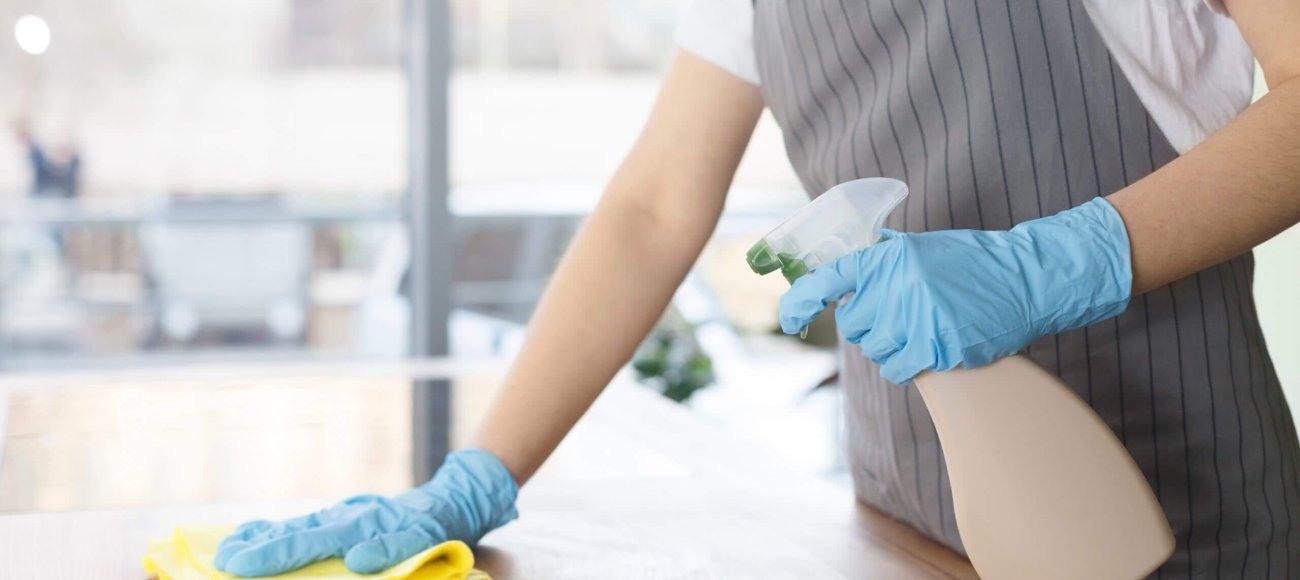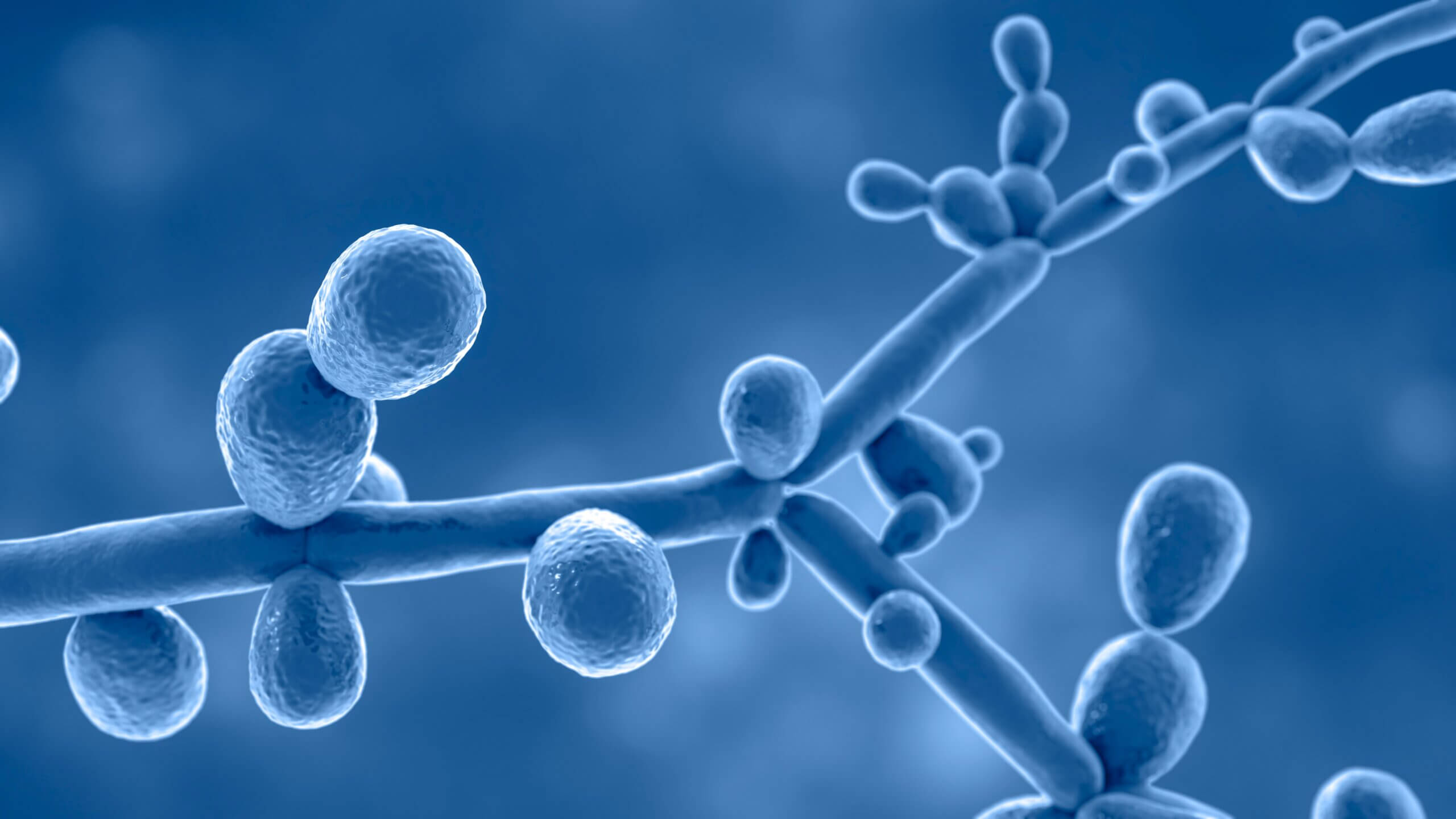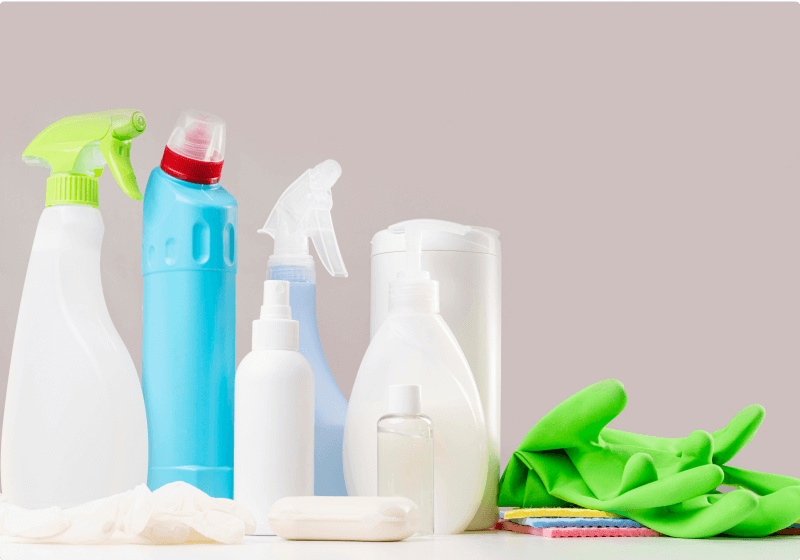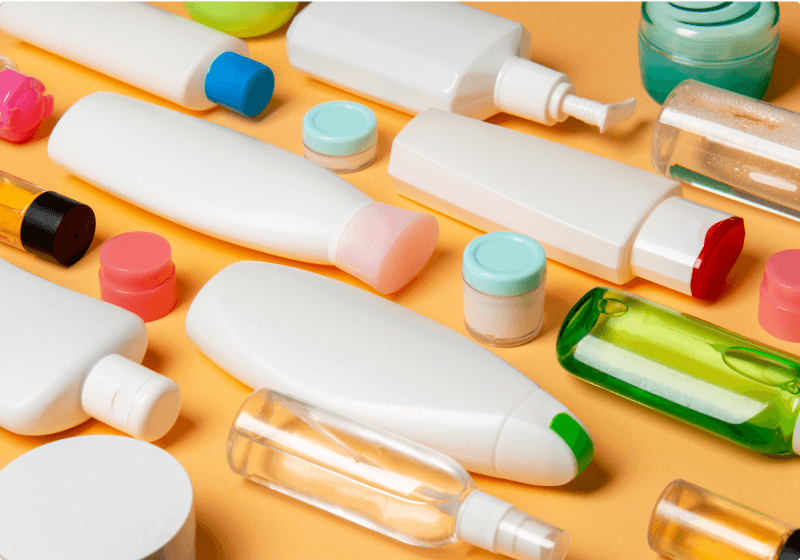Maintenance of high levels of hygiene and prevention of the spread of infections necessitates the need for effective disinfection protocols. It’s here that standards such as EN 14476 play an important role in providing professionals with a standard guideline for effectively evaluating the efficacy of disinfectants against a wide range of viruses. This article aims to discuss the importance and applications of EN 14476 guidelines for disinfectants to ensure their efficacy.
EN 14476 Standard
EN 14476, a European standard, specifies the test method and requirements for assessing the virucidal activity of disinfectants used in various sectors such as medical, food, industrial, domestic, and institutional areas. The standard is applicable to products which are used on hard surfaces, textiles, instruments, and hands.
Key Components of EN 14476 Guidlines for Disinfectants
Test Organisms
Disinfectants are tested against both enveloped viruses like vaccinia virus and non-enveloped viruses such as Adenovirus, Poliovirus, and Murine norovirus to ensure that they have a broad spectrum efficacy.
Test Conditions
- Contact Time: Contact time varies depending on the manufacturer’s instruction and field of application. It might range from 30 seconds to 60 minutes.
- Temperature: 20°C is the specified temperature that must be maintained to mimic practical conditions.
- Interfering Substances: Tests are conducted in both clean (0.3g/L bovine albumin solution) and dirty conditions (3g/L bovine albumin solution + 3ml /L erythrocytes) to simulate practical conditions.
Methodology
- A standardized virus suspension is prepared
- The disinfectant is mixed with the virus suspension and interfering substance and incubated for the specified contact time.
- After the contact time, an aliquot of test mixture is added to the neutralizing agent to stop the action of the disinfectant.
- The neutralization step is followed by the recovery of the residual virus. The virus titre is evaluated using either plaque assay or TCID50 assay.
Efficacy Criteria
A disinfectant must demonstrate at least 4 log reduction (99.99% reduction) in the virus titer to pass the efficacy criteria.
The importance of EN 14476 Guidelines for Disinfectants
Standard testing method
EN 14476 provides a standard test method to assess the virucidal activity of chemical disinfectants This ensures that test results are reproducible and reliable.
Public health protection
It provides evidence that the product is in fact valid as a disinfectant and can be approved for market release. These products play an important role in maintaining public health safety.
Regulatory Compliance
It makes sure that the products used to control the spread of infections are effective and safe to use. The documentation in this regard is important to get approval from regulatory authorities before the products get approval for market release.
Why Choose MIS?
At Microbe Investigations Switzerland, we specialize in testing disinfectants according to EN 14476 guidelines to ensure they meet the required standards for virucidal efficacy. Our team of experienced microbiologists uses state-of-the-art methodologies to provide accurate and reliable results, ensuring your disinfectant products are both effective and compliant with international regulations. Trust MIS to deliver the comprehensive testing solutions you need to validate the efficacy of your disinfectants.
To learn more about our EN 14476 testing services or to schedule a consultation, please contact our specialists today.














